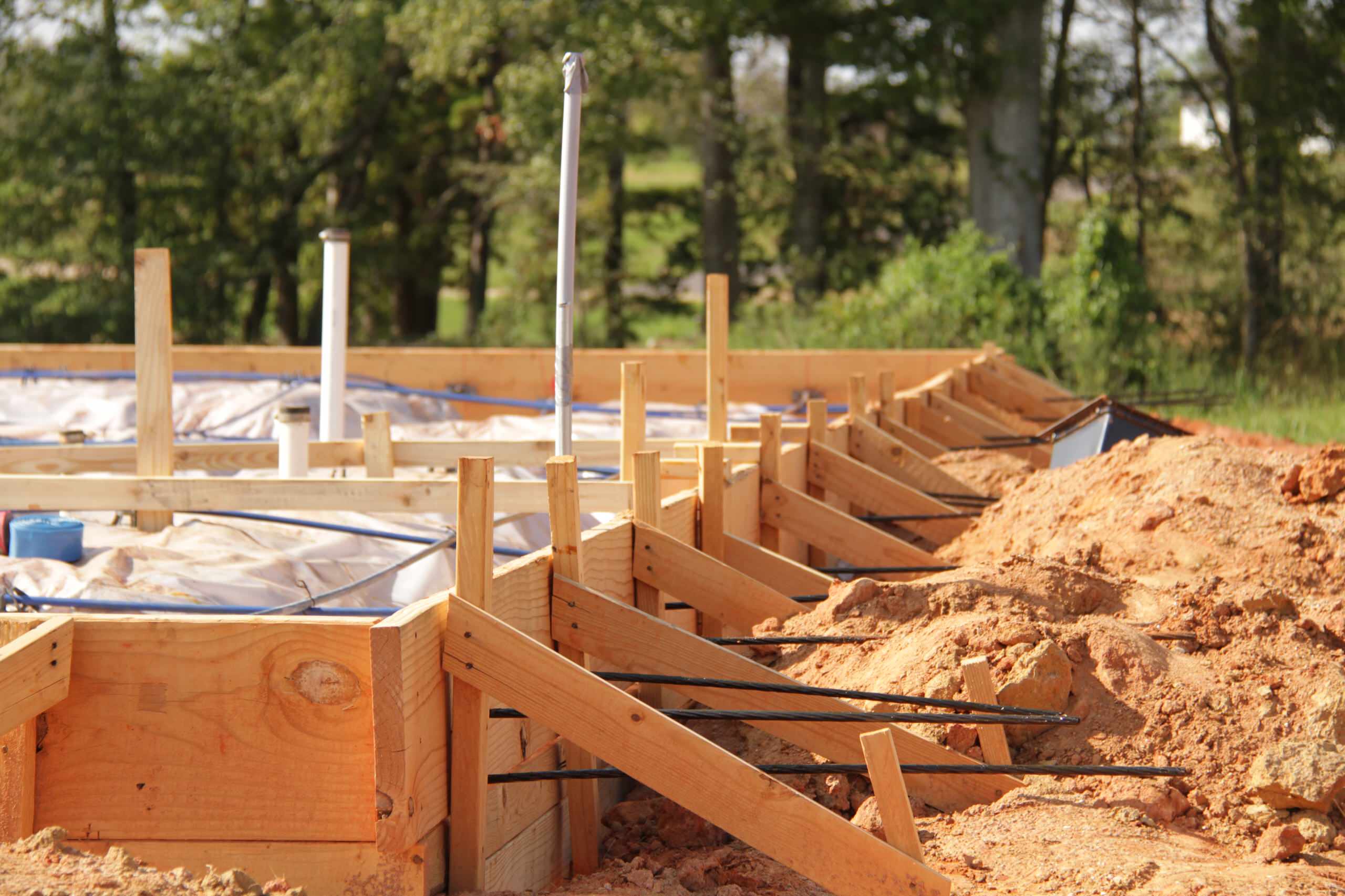New Builds, Remodels, & Additions: Call Us for a Home Transformation!
Request ConsultationWhat to Expect During a Custom New Build: A Step-by-Step Guide

Building a custom home is an exciting journey that allows you to create a space tailored to your lifestyle and preferences. However, the process can be complex and time-consuming, requiring careful planning and clear communication with your builder. Knowing what to expect during a custom new build can help you stay organized and confident throughout the project.
Here’s a detailed guide to the steps involved in building a custom home and what you can anticipate at each stage.
1. Initial Planning and Design
What Happens:
- Meet with your builder or architect to outline your vision, needs, and budget.
- Finalize the floor plan, design elements, and materials.
- Obtain necessary permits and approvals from local authorities.
Tips:
- Be clear about your must-haves and nice-to-haves to guide the design process.
- Allow time for revisions to ensure the plans reflect your vision.
2. Site Preparation
What Happens:
- Clear the land of trees, rocks, or existing structures.
- Level the site and prepare the foundation area.
- Install utilities such as water, electricity, and sewer connections.
Tips:
- Visit the site during this phase to understand the layout and ensure the land is ready for construction.
- Address any concerns about drainage or grading early.
3. Foundation Construction
What Happens:
- Pour the foundation, which may be a slab, crawl space, or basement, depending on your design.
- Allow time for the foundation to cure properly.
Tips:
- Ensure the foundation is inspected to meet local building codes.
- Address any questions about the foundation type and its long-term durability.
4. Framing
What Happens:
- Build the structure of the home, including walls, floors, and the roof.
- Install windows and exterior doors.
- Wrap the house to protect it from weather.
Tips:
- Walk through the framed structure to confirm room layouts and flow.
- Communicate any changes before moving to the next phase.
5. Systems Installation
What Happens:
- Install plumbing, electrical wiring, HVAC systems, and insulation.
- Schedule inspections to ensure compliance with local codes.
Tips:
- Review the placement of outlets, light switches, and fixtures.
- Discuss energy-efficient upgrades, such as high-performance insulation or solar panels.
6. Interior Finishes
What Happens:
- Install drywall, paint walls, and add trim work.
- Lay flooring, install cabinetry, and add countertops.
- Set up plumbing fixtures, lighting, and appliances.
Tips:
- Visit the site frequently to ensure finishes match your selections.
- Finalize design choices, like paint colors and hardware, before this phase begins.
7. Exterior Finishes
What Happens:
- Complete siding, roofing, and exterior paint.
- Add landscaping, driveways, and patios.
Tips:
- Coordinate landscaping plans with your builder to avoid delays.
- Choose exterior materials that complement the style of your home and neighborhood.
8. Final Inspections and Walkthrough
What Happens:
- Conduct final inspections to ensure all work meets building codes and standards.
- Walk through the home with your builder to create a punch list of any necessary adjustments.
Tips:
- Test all systems, appliances, and fixtures to ensure they function properly.
- Address any concerns with your builder before closing the project.
9. Move-In and Enjoy
What Happens:
- Receive the keys to your new home and move in.
- Familiarize yourself with the home’s systems and maintenance needs.
Tips:
- Keep all warranties and documentation organized for future reference.
- Celebrate your new space with family and friends!
Common Challenges and How to Handle Them
1. Delays:
- Weather, supply chain issues, or permitting delays can affect the timeline. Stay flexible and communicate with your builder regularly.
2. Budget Overruns:
- Plan for unexpected costs by including a contingency fund in your budget.
3. Decision Fatigue:
- Finalize major design choices early and consult professionals for advice.
Let HoneyB Construction Guide Your Custom Build
At HoneyB Construction, we specialize in creating custom homes tailored to your vision. Our experienced team will guide you through each step of the process, ensuring a seamless experience and a home you’ll love for years to come.
Contact us today to start planning your custom new build!
